Award Holder: Chioma Vivian Ngonadi
University: University of Cambridge
Title of Research: Early Agricultural Communities in Lejja, Southeastern-Nigeria: An Archaeobotanical Investigation
Introduction
The transition from hunting and gathering to agriculture is arguably the most recent event in human prehistory. (Price, 2001). It is often regarded as the most significant threshold in recent human cultural evolution, allowing unprecedented population growth and providing the potential basis or surplus production that underpinned urbanism and civilisation (Fuller et al. 2001). For this reason, numerous explanations have been proposed for the beginning of agriculture, most of them deductive and only minimal constrained by available information (Neumann, 2005). Human has often been viewed as forced into agriculture by the uncontrollable circumstance of nature such as climate change, environmental degradation or an internal growth in population (Price, 2001, Baker 2006). Thus, consensus view today of origin and spread of agriculture are generally an outgrowth of these perspectives and others. More recent perspectives place more emphasis on humans as active players in the process and that changes in the social, economic and ideological aspects of human society were essential forces in bringing about transition (Robb, 2012).
In comparison with other continents, agriculture is a late phenomenon in Africa (Neumann, 2009). However, why agriculture is late, herding was going on. Across the Sahel, evidence of domestic cattle predates domestic crops by several thousand years (Hilderband and Marshall, 2002). Only around 2000 B.C., pearl millet (Pennisetum glaucum) appears as the first African domesticate in the southwestern Sahara and the northern Sahel at Karkritchenkat in the Tilemsi Valley (Manning and Hilderbrand, 2002). During the second millennium B.C in some West African countries including Ghana, Burkina Faso and Nigeria there is evidence for small scale agriculture with pearl millet as the primary crop as well as rice, sorghum, oil palm e.t.c. Pearl millet is found in impressions in sherds at Dhars Tchitt and Oualata in Mauritania from c.3500 BP (Amblard, 1996). Charred grains of domestic pearl millet are directly dated to C. 3460 BP at Birmi in northern Ghana (D’Andrea et al. 2001) c.2840 BP at Ti-n-Akof in the north of Burkina Faso, c.2930 BP at Gajiganna and c.2430 BP at Kursata in the Chad Basin of northeast Nigeria (Neumann et al. 1996).
Aims and Objectives
My PhD research aims to earliest evidence of agriculture in Lejja, Southeastern, Nigeria with emphasis to the plants exploited. The primary analysis of the thesis will focus on the testing and collection of archaeobotanical data from known and already dated iron working sites and from selective archaeological survey and excavations. These archaeobotanical data will then be used to identify how these West African iron smelters sustained life and integrated the food quest among themselves. In southeastern Nigeria, our present understanding of the early development of agriculture mostly relied on indirect evidence, including archaeologically recovered grinding stones, pottery, stone bowls, iron working relics and other related finds that, by their nature suggests the presence of agriculture and food producing economy. Knowledge of the history of African crops has also been based on hypothetical assumptions and ethnographic data. This study is the first in southeastern Nigeria on a thorough archaeological investigation of food production and subsistence reconstruction based on empirical data.
Research Area
Lejja is a village in Igboland, Southeastern, Nigeria which has lots of iron working remains that have been investigated archaeologically. The vast number of slag blocks on the surface reveals that iron working in this region was a highly sophisticated, long-lived and well-developed tradition with its techniques that involved relatively large scale metal production dating to 2000 BC. This date coincides with the likely development or introduction of agriculture in SE Nigeria. Previous archaeological research in Lejja has focused extensively on the iron smelting sites from its technological and symbolic perspectives. However, the bulk of past research has largely overlooked the farming communities themselves who utilized and may have fashioned such iron technologies. No systematic survey has been undertaken to locate and explore associated settlement sites, and consequently, we know very little about the people and economy of the area across this period of iron working.
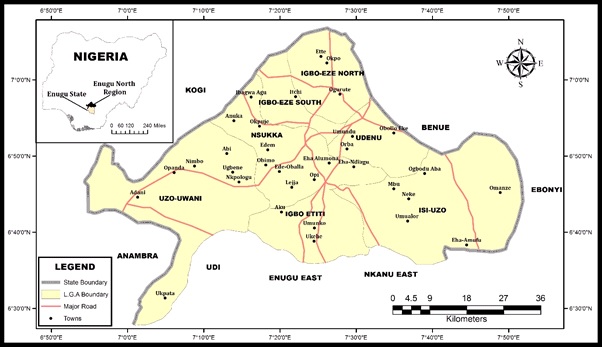
Fig 1. Map of Enugu state showing the town under study
Methods Outline
To understand how the West African iron smelters at Lejja sustained life and integrated the food quest among themselves, a multidisciplinary archaeological, archaeobotanical, and paleo-environmental approach was used.
1. Extensive systematic foot survey of Lejja town to identify and GPS record remains of villages and agricultural settlements (including landscape features such as ancient field boundaries) from a range of periods.
2. Selective archaeological test excavations to recover archaeobotanical remains (micro-botanic, phytoliths, pollen via flotation and soil sampling) and other material artefacts (grindstones, ceramics) to determine the changing subsistence patterns of these farming communities through time.
3. Dating: Relative dating via ceramic chronology as well as to recover absolute dating materials for radiometric dating of test excavated sites (C14, TL, OSL).
4. Development of a GIS spatial model of farming communities and land-use through time including up to present.
5. Analysis of historical records and oral histories concerning the development of farming across the region
6. Analysis and incorporation of existing data concerning environmental and climatic change across Lejja.
Fieldwork
Beginning in October 2016 and continuing until April 2017, survey and archaeological excavations were conducted in the villages of Amaebo-Attamah and Amaovoko Lejja respectively. Amaebo-Attamah was selected because of its antiquity as the second oldest habitation site and has the likelihood of providing a more in-depth chronology of the initial human interaction with the environment. The second site was centred on existing known early metal working sites which span between 3000-2000 BP period. Two archaeological units of a 2X1 and 2 X 2 m were opened in Amaebo-Attamah. Both units yielded archaeological materials which include pottery, slag, tuyere fragments, iron objects among others to the depths of 409cm and 301cm respectively. Similarly, at Amaovoko, two 2 X2 m units were sunk to the southeastern part of the site. These units also yielded archaeological materials which include pottery, slag, tuyere, iron objects to the depth of 309 cm and 216 cm respectively.

Table 1: Summary of materials recovered from Amaebo-Attamah Lejja Unit I.

Table 2: Summary of materials recovered from Amaovoko- Lejja Unit II
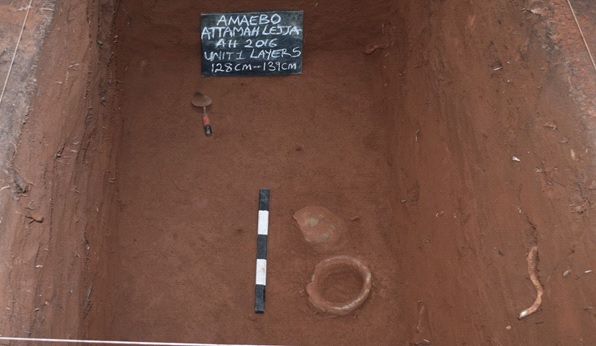
Fig II- Amaebo-Attamah Unit I
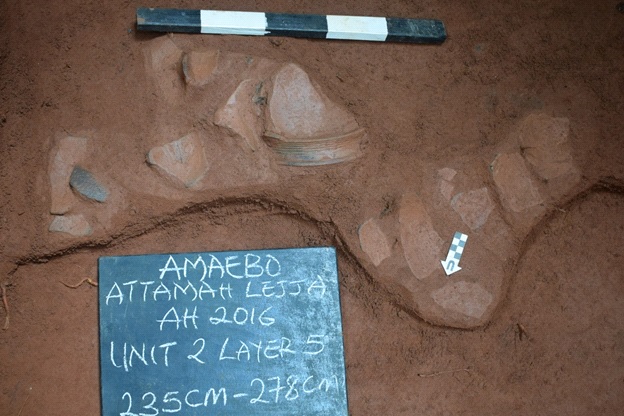
Fig II- Amaebo-Attamah Excavation Unit II
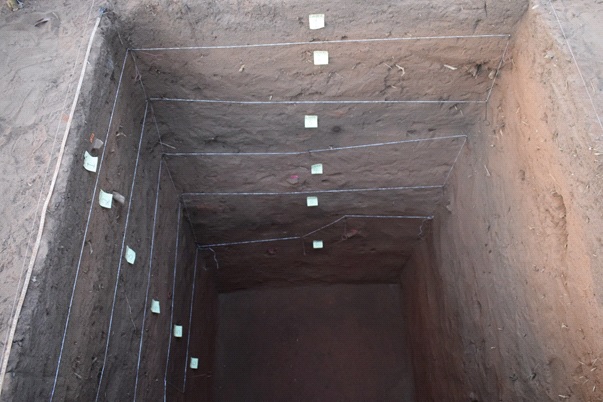
Fig III: Amaovuku Lejja Unit I
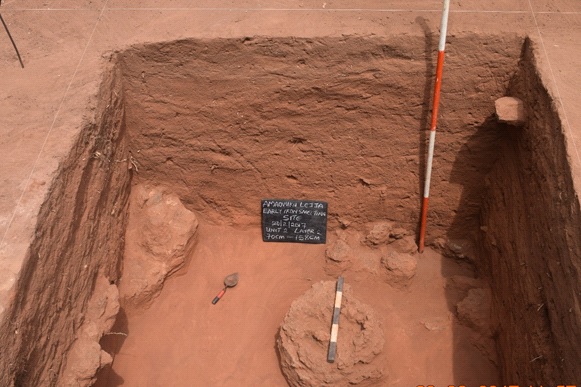
Fig IV: Amaovuku Lejja Unit II
Archaeobotany
All the soil retrieved the four units were floated, and pollen samples were collected at 10cm interval. The soil samples were first dry sieved over a 2 and 1 mm sieves. Presently, about seven different plant remains have been identified from a broad range over 27 taxa. The most common taxon was those of Amaranthaceae and Elaeis guineensis. Other include Dracena, Myrtaceae sp, Cassia-tora, Asteraceae, Vigna, Chenopodiaceae. The analysis of the plant remains ongoing.
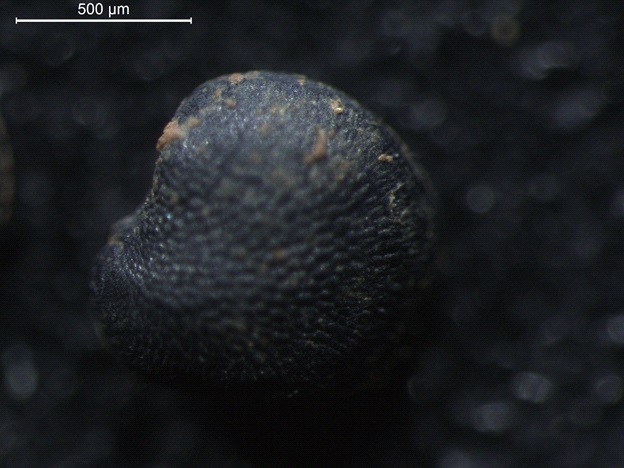
Fig V. Amaranthaceae
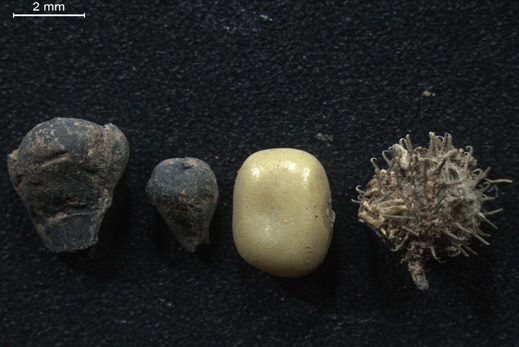
Fig VI: Myrtaceae sp, Vigna
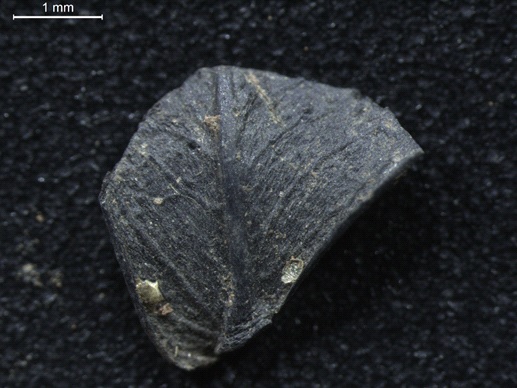
Fig VII: Charred leaf
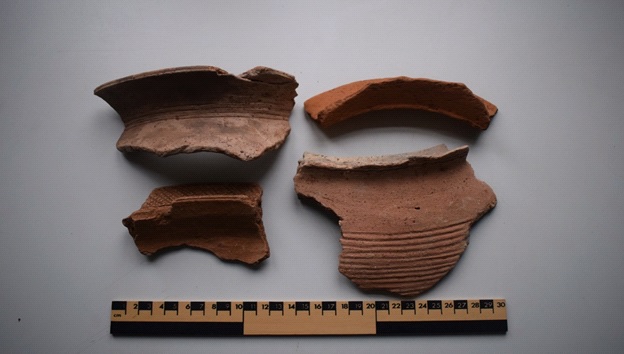
Fig. VIII Pottery
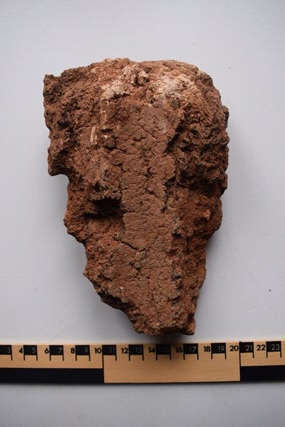
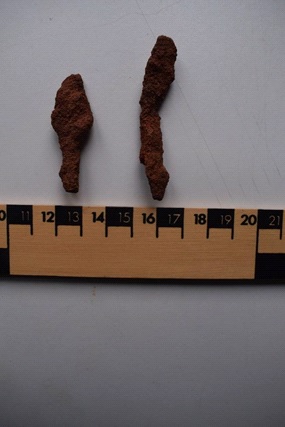
Fig IX. Tuyere and iron objects
In southeastern Nigeria, there is a lack of direct archaeobotanical evidence for both early and later farming sites and little understanding of their broader spatial and environmental context. At the same time, archaeological research in other parts of Africa is increasingly contributing to a practical understanding of their long-term development of the farming system in Africa with practical application in the present (Davies 2012, Lane 2011). Understanding the longer-term histories of African farming systems may thus have much to contribute to present day environmental management (including of soils, vegetation) and resources (i.e. indigenous ecological knowledge; genetically diverse local crops varieties). It will also provide an excellent comparative dataset to be compared against historical, oral and ethnographic evidence allowing us to build a better picture of plant usage within Lejja Landscape. This research builds on tried and tested combined archaeological and anthropological techniques developed in Western Africa and studies of settlement and domestic life conducted in the neighboring region of Nigeria (Folorunso et al. 1993).
Key References
Amblard, S. 1996. Agricultural evidence and its interpretation on the DharsTichitt and Oualata. Southeastern Maurirania. In G. Pwiti and R. Soper (eds.) Aspects of African Archaeology, pp 421-428. Harare: University of Zimbabwe Press.
Anozie, F.N. 1979. Early Iron Technology in Igboland (Lejja and Umundu). West African Journal of Archaeology. 9: 119-134.
Anozie, F.N. 1983. Preliminary Archaeological Studies of Early Iron Smelting in Igboland, SE Nigeria. In B. Andah, P. De Maret, R. Soper (eds). The proceedings of the 9th Congress of the Pan-African Association of Prehistory and Related Studies. Jos, Nigeria: 182-185.
Barker, G. 2006. The agricultural revolution in prehistory: why did foragers became farmers. Oxford OUP.
Casey, J. 1993. The Kinatampo Complex in Northern Ghana: Late Holocene Human Ecology on the Gambaga Escarpment. Unpublished PhD Thesis, University of Toronto.
Chami, F.A., Eze-Uzomaka, P.I., Mangut, J. and Bakinde C. 2011. Further Excavation of Amaovoko, Lejja, Nsukka, Nigeria. In F. Chami, and R. Chantal (eds.). Studies in the African Past. 9: 63-73.
Chikwendu, V.E. 2002. Archaeology of Igboland: the later Prehistory. In G.E.K Ofomata (ed). A Survey of the Igbo Nation. Lagos: African First Publishers Limited.
Connah G. 1979. African Civilization: An Archaeological perspective. Cambridge: Cambridge University Press.
D’Andrea, A.C., Klee, M., and Casey, J. 2001. Archaeobotanical Evidence for Pearl millet (Pennisetum glaucum) in sub-Saharan West Africa. Antiquity. 75:341-348.
D’Andrea A.C., Casey, J., 2002. Pearl Millet and Kintampo Subsistence. African Archaeological Review. 19:3.
Davies M.I.J. 2012. Some Thoughts on a Useable African Archaeology: Settlement, Population and Intensive Farming among the Pokot of Northwest. African Archaeological Review. 29:319-353.
Eze-Uzomaka P.I. 2000. Archaeology and the Public in Nigeria. Unpublished PhD Thesis, University of Sheffield.
Eze-Uzomaka, P.I. 2007. Lejja Iron smelting site, Igboland, southeastern, Nigeria. In G. Pwiti, C. Radimilahy and F. Chami (eds). Settlement, Economies and Studies in the African Past. 6:149-159.
Ezeuzomaka, P.I. 2009. Iron Age Archaeology in Lejja, Nigeria. Studies in the African Past. 7, 41-51.
Eze-Uzomaka, P.I. 2010. Excavation of Amaovoko: A further study of Lejja Iron Smelting Cultures. Studies in the African Past. 8,178-191.
Fuller, D.Q.2001. Harappan seeds and agriculture: some considerations. Antiquity. 75:410-13.
Hartle, D.D. 1967. Archaeology in Eastern Nigeria. Nigeria Mag. 93(1967), 134-143.
Lane P., 2011. Possibilities for a Postcolonial archaeology in sub-Saharan Africa: Indigenous and Usable parts. World Archaeology. 43:1, 7-25.
Marshall, F. and Hildebrand, E. 2002. Cattle without crops. Journal of World Prehistory. 16(2) Plenum Publishing Corporation.
Neumann, K., Ballouche, A. and Klee, M. 1996. The emergence of plant food production in the West Africa Sahel: new evidence from northeast Nigeria and northern Burkina Faso. In G. Pwiti, and R. Soper (eds.), Aspects of African Archaeology. Harare: University of Zimbabwe, pp.441-448.
Neumann, K. 2005. The romance of farming: plant cultivation and domestication in Africa. In Stahl, A.B (ed.), African Archaeology: A critical Introduction. Oxford: Black-well Publishing Ltd, 249-275.
Neumann, K. and Hildebrand, E. 2009. Early Bananas in Africa: the state of the art. Ethnobotany Research and Application. 7: 353-362.
